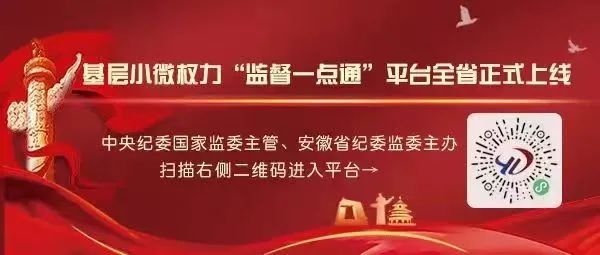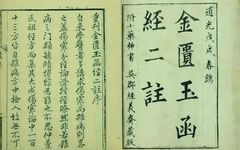“Traditional Chinese Medicine” (zhōng yī) first appeared in the “Book of Han: Arts and Literature, Treatises on Formulas,” which states: “To increase heat with heat, and to increase cold with cold, is not seen externally, which is what is lost.” Hence the saying: “When ill, seek treatment, and one often finds Traditional Chinese Medicine.” Here, the character 中 (zhòng) is pronounced with a falling tone. In 1936, the Nationalist government officially established the term “Traditional Chinese Medicine” through the “Regulations on Traditional Chinese Medicine.”
01
The Meaning of Traditional Chinese Medicine
 The meaning of Traditional Chinese Medicine mainly has three layers:1. Traditional medicine of the Chinese nation2. Physicians of intermediate levelFor example, the “Golden Chamber Classic” mentions: “In ancient times, the superior physician diagnoses by observing color, the intermediate physician listens to sounds, and the inferior physician diagnoses by pulse, which is indeed not easy.”
The meaning of Traditional Chinese Medicine mainly has three layers:1. Traditional medicine of the Chinese nation2. Physicians of intermediate levelFor example, the “Golden Chamber Classic” mentions: “In ancient times, the superior physician diagnoses by observing color, the intermediate physician listens to sounds, and the inferior physician diagnoses by pulse, which is indeed not easy.”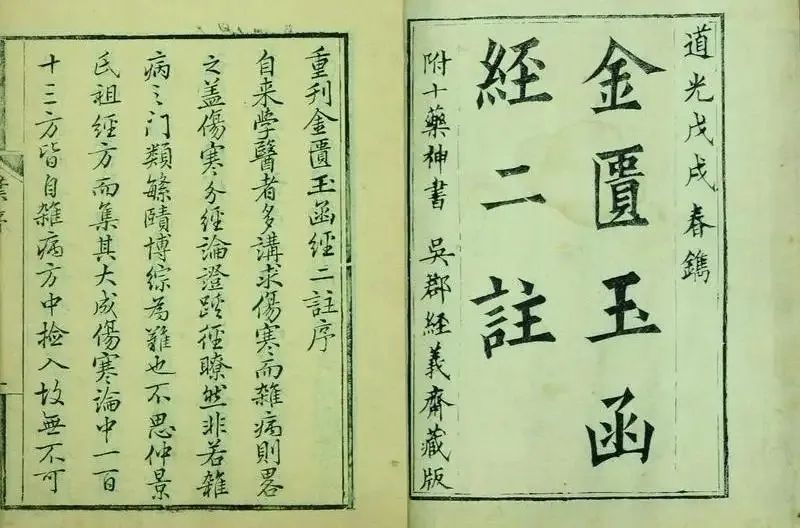 Moreover, the “Medicine King” Sun Simiao in the “Essential Prescriptions Worth a Thousand Gold” mentions:“In ancient times, the good physician treats the state, the intermediate physician treats people, and the inferior physician treats diseases.It is said that the superior physician listens to sounds, the intermediate physician observes color, and the inferior physician diagnoses by pulse.It is also said that the superior physician treats diseases before they occur, the intermediate physician treats diseases that are desired to occur, and the inferior physician treats diseases that have already occurred.”
Moreover, the “Medicine King” Sun Simiao in the “Essential Prescriptions Worth a Thousand Gold” mentions:“In ancient times, the good physician treats the state, the intermediate physician treats people, and the inferior physician treats diseases.It is said that the superior physician listens to sounds, the intermediate physician observes color, and the inferior physician diagnoses by pulse.It is also said that the superior physician treats diseases before they occur, the intermediate physician treats diseases that are desired to occur, and the inferior physician treats diseases that have already occurred.”
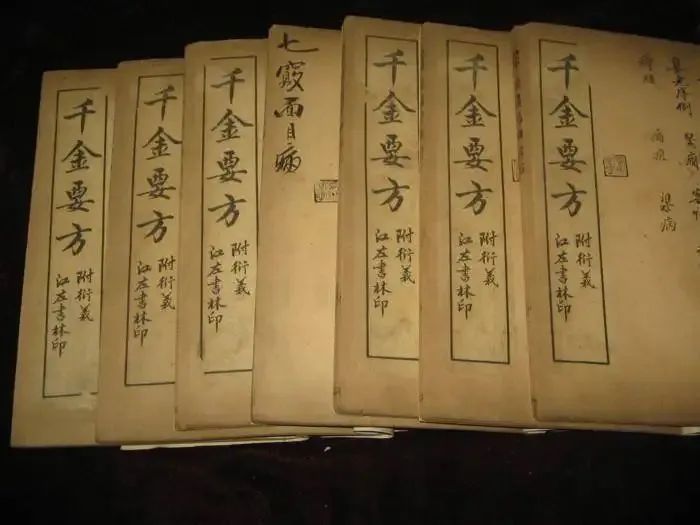
3. The medicine of harmonyThe concept of “harmony” or “the view of harmony” originates from the “Doctrine of the Mean,” which is the core of Confucian thought and theory, historically permanent, and an important part of Chinese culture, also permeating all aspects of Traditional Chinese Medicine.Traditional Chinese Medicine cannot be separated from “harmony,” which is also a concept in Traditional Chinese Medicine.Due to pathogenic factors disrupting the dynamic balance of Yin and Yang in the body, the harmony of the organs is lost, and imbalance is the fundamental cause of disease.Traditional Chinese Medicine employs various methods, whether to correct, adjust, strengthen, or support, ultimately restoring the body’s balance to achieve a state of health.This process is a concrete manifestation of the concept of “harmony” in the field of Traditional Chinese Medicine.It can be said that Traditional Chinese Medicine is indeed the medicine of harmony.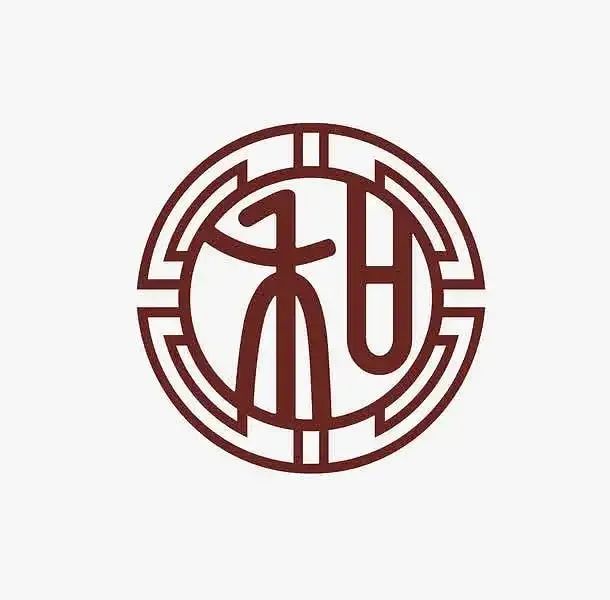
02
Theoretical Foundations of Traditional Chinese Medicine

In fact, Traditional Chinese Medicine originated in primitive society, and by the Spring and Autumn and Warring States periods, its theoretical foundations had basically formed, with subsequent dynasties summarizing and developing it. Traditional Chinese Medicine carries the experiences and theoretical knowledge of the ancient Chinese people in their struggle against diseases, gradually forming and developing a medical theoretical system under the guidance of ancient materialism and dialectical natural philosophy through long-term medical practice.
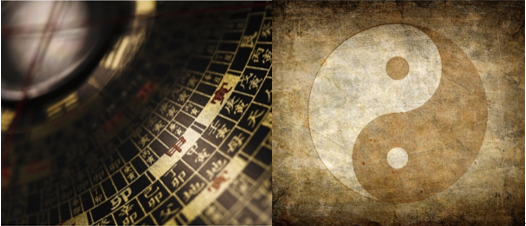
Traditional Chinese Medicine is a traditional medical science with a unique style, formed under the influence and guidance of ancient Chinese materialism and dialectical thought, through long-term medical practice, continuously accumulating and summarizing the rich experiences of the Chinese people in their long struggle against diseases, with a history of thousands of years, and is an important part of Chinese traditional culture.
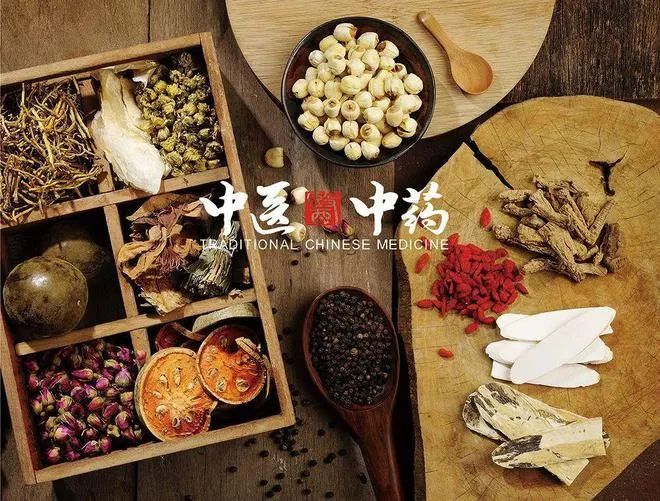
03
The Source of Chinese Medicine

In ancient China, there were many legends about the origins of medicine. The tales of “Fuxi tasting a hundred herbs and creating nine needles,” “Shennong tasting a hundred grasses,” and “Yi Yin creating decoctions” reflect the origins of the Chinese ancestors’ understanding and use of medicine. Through countless attempts and experiences over generations, knowledge of distinguishing food, medicine, and poison gradually developed, and was consciously utilized. With more production and medical practice, more plants, animals, and minerals with medicinal value were discovered, and knowledge of medicine was accumulated and developed.
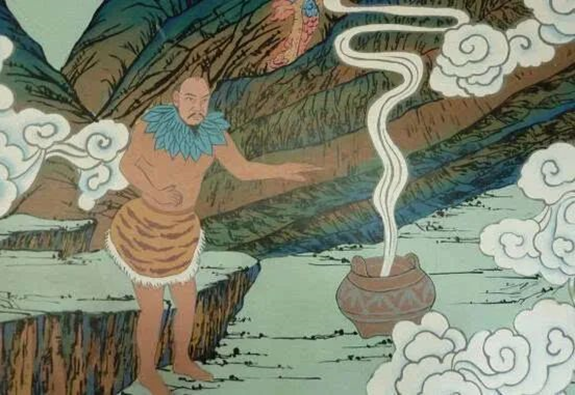 (Fuxi tasting a hundred herbs, image from Baidu Encyclopedia)
(Fuxi tasting a hundred herbs, image from Baidu Encyclopedia)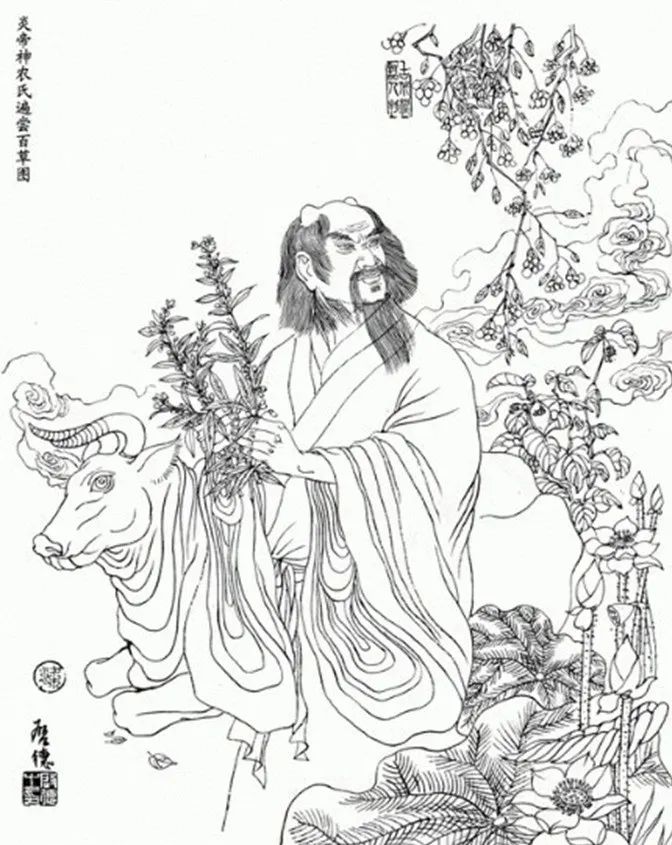 (Shennong tasting a hundred grasses, image from Baidu Encyclopedia)
(Shennong tasting a hundred grasses, image from Baidu Encyclopedia)
In ancient Chinese texts, traditional medicines were often referred to as “medicines,” “toxins,” or “poisons.” The term “Chinese medicine” was first recorded in the “Shennong Bencao Jing,” which classifies medicines into three grades based on toxicity: upper, middle, and lower. Among them, “one hundred and twenty types of middle medicines are for nourishing nature to respond to people, both toxic and non-toxic, to be used appropriately. To stop disease and replenish the weak, this is the essence of the text.” Here, “Chinese medicine” is a classification term for medicines, relative to “upper medicine” and “lower medicine,” specifically referring to middle-grade medicines that can both replenish the weak and expel evils.
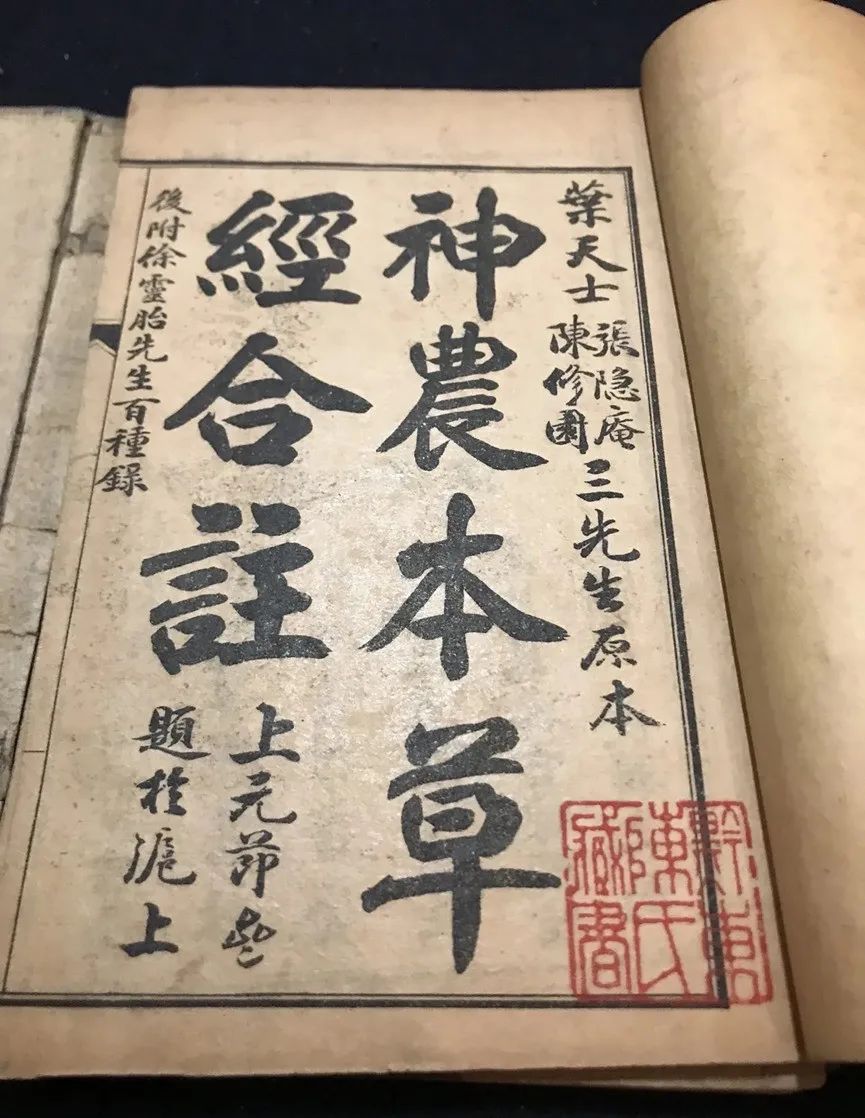
The term “Chinese medicine” has different connotations in different historical periods, and with the development of Traditional Chinese Medicine theory and practice, its connotation has been continuously enriched and its form expanded. In the Han Dynasty, the “Shennong Bencao Jing” recorded “Chinese medicine” mainly as a classification standard for medicines; in the early 20th century, “Chinese medicine” referred to traditional medicines of our country.
Currently, according to the “Traditional Chinese Medicine Law of the People’s Republic of China,” “Traditional Chinese Medicine” refers to the collective term for the medicines of all ethnic groups in our country, including Han and minority medicines. Traditional Chinese Medicine is a great creation of the Chinese nation, a treasure of ancient Chinese science, and a key to unlocking the treasure house of Chinese civilization, making a significant contribution to the survival and prosperity of the Chinese nation, and having a positive impact on the progress of world civilization.
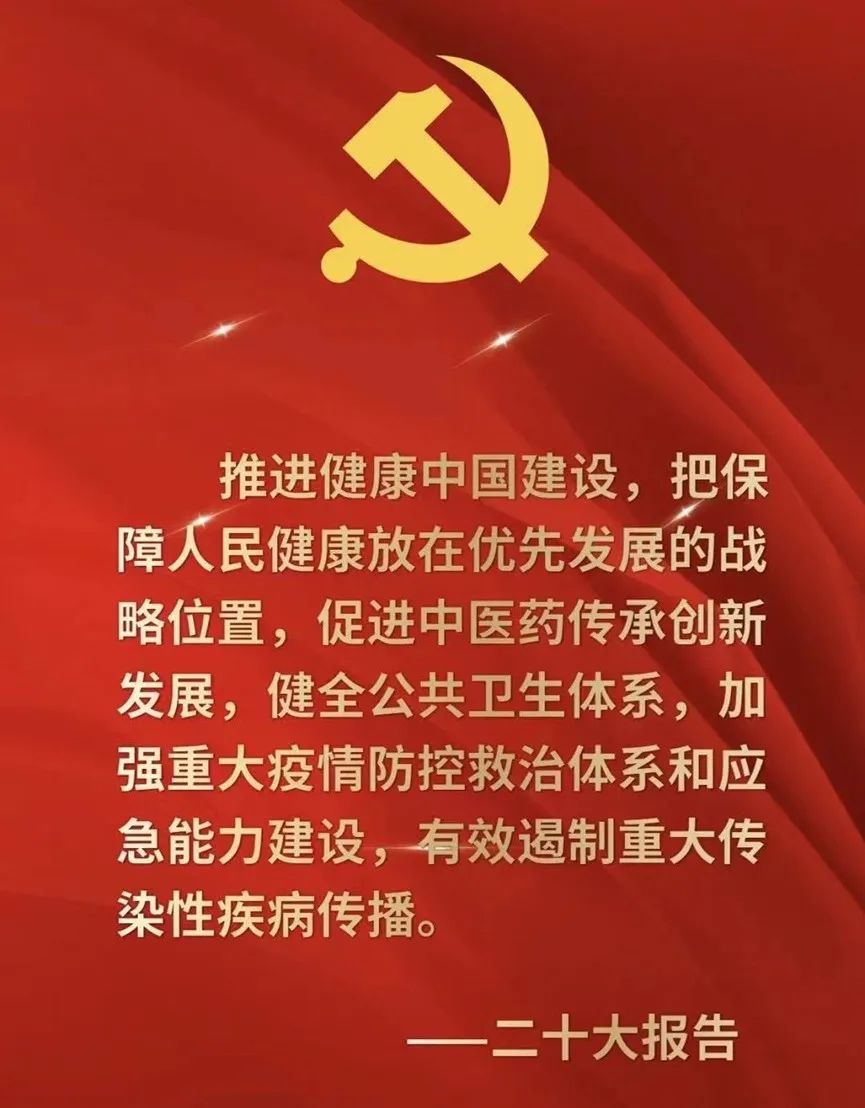
The report of the 20th National Congress of the Communist Party proposed to promote the construction of a healthy China, clearly requiring “to promote the inheritance and innovative development of Traditional Chinese Medicine.” Traditional Chinese Medicine is a treasure of Chinese civilization, playing an important role in maintaining human health; it is historically condensed, reflecting the ideological forms of the Chinese nation at specific stages of development, containing the rich connotations of traditional Chinese culture, making a significant contribution to the prosperity and health care of the Chinese nation, and is a rare gem in the history of science in China and the world.
Source: Zhangzhou Second Hospital
